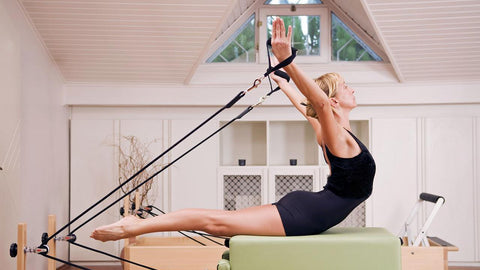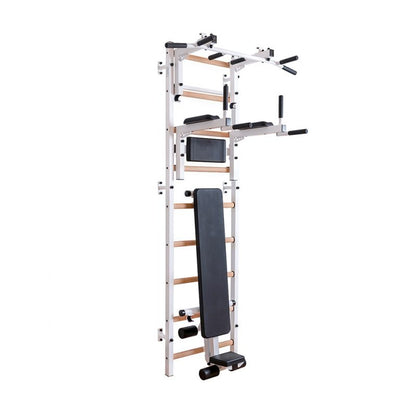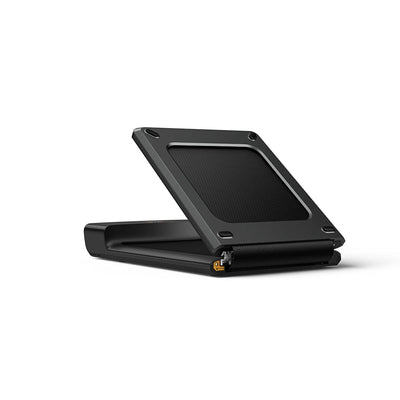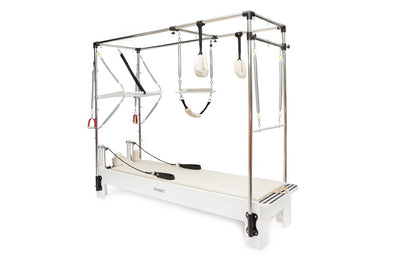
How To Use A Pilates Reformer For Maximum Results
Venturing into the world of Pilates can be transformative. The Pilates machine, often referred to as the "Reformer", is a sophisticated apparatus designed to revolutionize your workouts. But how can you harness its full potential? Let's delve in.
Demystifying the Pilates Machine
-
Brief History and Purpose: Created by Joseph Pilates, this versatile equipment was designed to offer resistance, ensuring exercises are both challenging and controlled, targeting various muscle groups effectively.
-
Components and Their Functions: The machine boasts a moving carriage, springs for resistance, footbars, and straps. Each part contributes to its multifunctionality, allowing for numerous exercises tailored to different fitness levels.
Setting the Stage: Preparing for Your Session
-
Choosing the Right Resistance: The machine's springs allow for adjustable resistance. As a beginner, start with lighter resistance to focus on form and gradually increase as you progress.
-
Adjusting for Your Body Type and Flexibility: Ensure the carriage and footbar are in positions comfortable for your body size. This customization helps in preventing strain and optimizing exercise benefits.
Fundamental Exercises for Beginners
-
The Footwork Series: An excellent starting point, this series focuses on leg strength and alignment. Position your feet on the footbar, press out, and control the return. Vary your foot placement (heels, balls of feet) to target different leg muscles.
-
The Leg and Arm Straps Series: These exercises hone in on your limbs' strength and flexibility. Using the straps, you can perform exercises like leg circles or arm pull-downs, ensuring controlled and smooth motions.
Advanced Techniques for Seasoned Practitioners
-
Overhead Press and Planks: These exercises demand core strength and stability. For overhead presses, lie on your back, press the carriage out and lift your hips. For planks, place hands or feet on the footbar and maintain a plank position while moving the carriage.
-
Incorporating the Jumpboard: This attachment transforms the machine into a mini trampoline. It's excellent for cardiovascular workouts and enhancing lower body strength.
Common Mistakes to Avoid
-
Overextending Joints: Ensure you're not locking out your knees or elbows, which can lead to joint strain.
-
Skipping the Warm-Up: Like any workout, starting cold can result in injuries. Dedicate the first few minutes to warm up exercises to prep your body.
Optimizing Your Workout Routine
-
Mixing Pilates with Other Workouts: For a well-rounded regimen, consider combining Pilates with cardio or strength training on alternate days.
-
Consistency and Duration Recommendations: Aim for 2-4 sessions a week, each lasting 45 minutes to an hour. Consistency is key to witnessing transformative results.
Conclusion
Using a Pilates machine efficiently is a game-changer in your fitness journey. It's a blend of precision, control, and power. By understanding its mechanics, starting with foundational exercises, and progressively challenging yourself, you're poised to unlock unparalleled physical achievements.
FAQs
- Is the Pilates machine suitable for all age groups? Yes, exercises can be modified to suit all ages, ensuring safety and effectiveness.
- How long before I see results from using the machine? With consistent workouts and a balanced diet, many users report noticeable changes within a few weeks.
- Do I need an instructor to use the Pilates machine? While it's possible to use on your own, beginners especially benefit from guided sessions to ensure proper technique.
- Can Pilates machine workouts help in weight loss? When combined with cardiovascular exercise and a balanced diet, Pilates can be an effective component of a weight loss strategy.
- Is it safe to use the Pilates machine during pregnancy? Always consult with a healthcare professional before starting any exercise during pregnancy. Certain exercises may need modifications.
« Back to Pilates Blog





